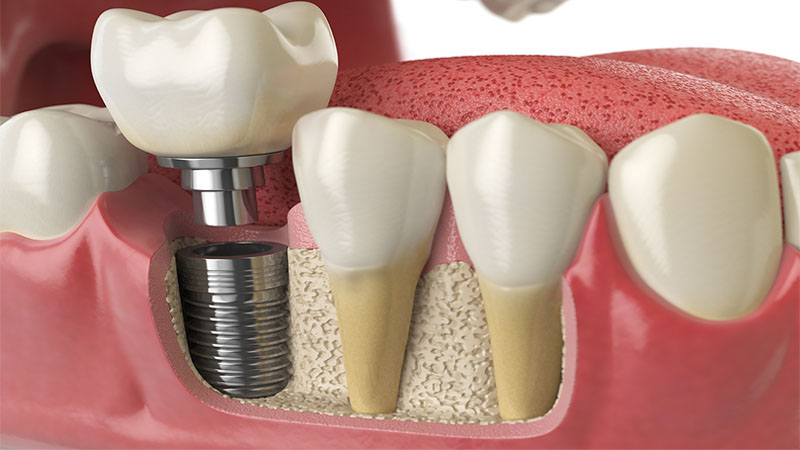Difference Between Omega 3 Omega 6 and Omega 9

Omega 3, omega 6, and omega 9 fatty acids are all important dietary fats. They all have health benefits, but it’s important to get the right balance between them. An imbalance in your diet may contribute to a number of chronic diseases.
The basics
Let’s start by establishing a vital fact: Fats are an essential module to a healthy diet. Whether you subscribe to vegan, paleo or omnivore eating styles, fat is your friend. Fats contribute to the flavor and texture of many foods, including oils, nuts, seeds, avocados, salmon and many more of what some consider the healthiest foods on the planet. Yet on a much deeper and molecular level, fats are critical to several essential functions in our bodies. Did you know that eating some types of fat can actually help reduce your cholesterol and risk for cardiovascular disease? It’s true.
Here’s where it gets complicated
Fats in our food are made up of fatty acid chains, which consist of carbon and hydrogen atoms linked together. There are two major types of fatty acids that we eat: saturated and unsaturated. Since dietary fats are a complex topic, we’ll save saturated fats and trans fat (which is technically an unsaturated fat) for another day. For now, let’s focus on unsaturated fats.
Unsaturated fatty acids all have at least one double bond linkage between carbon atoms. These double bonds cause them to bend, kind of like how your arm bends at your elbow. This double bond limits the number of hydrogen atoms that can bind to the carbon atoms, so the molecule is not as saturated with hydrogen atoms as it could be. Thus, it’s considered “unsaturated.” Unsaturated fatty acids that have one double bond are called monounsaturated fatty acids (MUFAs). Unsaturated fatty acids with more than one double bond are called polyunsaturated fatty acids (PUFAs). Get it? “mono” for one and “poly” for many.
Remember how I said fats were complex? Within the unsaturated fats are where we find the omega’s. Omega 3 and omega 6 fatty acids are PUFAs and omega 9 fatty acids are usually MUFAs. The omega numbers simply reference how many carbons away from the methyl end of the fatty acid chain that the first carbon-carbon double bond appears. If the double bond is three carbons away, it’s called an omega-3 fatty acid. If it’s six or nine away (you guessed it!), it’s called an omega-6 or omega-9 fatty acid, respectively.
Mega confusion clarified
Let’s start with the three’s. Omega-3’s are known for their benefit to heart health and come in both plant and animal forms. Alpha-linolenic acid (ALA) is a plant form of omega-3. It’s found in flaxseed, chia seed, walnuts, and canola and soybean oils. ALA is important because it can only be obtained in the diet. Our bodies can’t make ALA, which makes it an essential fatty acid.
Omega-3’s also include eicosapentaenoic acid (EPA), docosahexaenoic acid (DHA). EPA and DHA are the marine forms of omega-3s, commonly found in cold-water fatty fish like salmon, herring, sardines, and mackerel. These fatty acids can be made from ALA in the body, but the conversion rate isn’t good. Because of this and the fact that EPA and DHA are strongly correlated with cardiovascular disease prevention, getting EPA and DHA pre-formed is the best bet. Therefore, eating at least 8 ounces of seafood each week is recommended.
Let’s move on to the six’s. Omega 6 fatty acids include arachidonic and linoleic acid. Sources of linoleic acid include vegetable oils, nuts, and seeds; arachidonic acid is found in meat and eggs. Along with the omega 3 ALA, linoleic acid is the other essential fatty acid.
In contrast to omega-3s and omega-6s, omega 9 fatty acids are usually monounsaturated and can be made in the body, making them nonessential fatty acids. The term “nonessential” means you don’t need to obtain it through food. But that doesn’t mean it’s not healthful to consume. Foods highest in omega-9 fatty acids are some of the healthiest you can imagine (for a lot of reasons). Top sources for omega-9’s in our diets are canola and olive oils, and almonds, too!
Because the topic of dietary fats can be confusing, we asked Dr. Bill Harris, a renowned expert in fatty acids, for a little clarity: “Both the omega 3 and omega 6 fatty acids are considered ‘partners in prevention’ as it relates to heart disease. So all PUFAs are ‘good fats’. Getting adequate amounts of the plant-derived PUFAs (ALA and linoleic acid) is easy in America – we don’t need to supplement our diets with these or with the omega-9s for that matter. The one group of fatty acids that we are really deficient in is the marine omega-3’s: EPA and DHA. It makes the most sense to increase one’s intake of fatty fish and/or take a fish, krill, or cod liver oil supplement to get the EPA and DHA that is seriously lacking in the American diet.”
Let’s simplify things
While knowing more about the different types of fatty acids can help you make informed decisions about the foods you eat, it’s important to clarify one idea. A big misconception surrounding fats is that when you eat a certain food, you’re only eating one type of fat. All foods with fat in them contain a mix of different fats. Some are more prevalent, so sometimes we associate a certain food (like butter) with a specific fat (like saturated fat).
But in reality you’re also getting monounsaturated fat when you eat butter. Knowing which food sources are high in the different kinds of fat can help you choose foods higher in the heart-healthy MUFAs and PUFAs and lower in saturated and trans fats. That’s what the best available scientific evidence on heart health tells us anyway: Place more emphasis on the types of fats you eat and less on the amount of fat.

Covid: Masks to remain compulsory on London transport
- ace coverings must be worn on Londons transport network despite restrictions easing on 19 July, Londons mayor says. Sadiq Khan said he was

How to Use Melatonin for Better Sleep: Review 2021
- Melatonin made inside the body is known as endogenous melatonin for sleep, however the chemical can likewise be created remotely.

What to expect during a dental implant procedure
- Best Dental Clinic in Lahore where procedure usually takes place over a few months, with a series of various tests.

Biofertilizers Market Key Players Strategies, Upcoming Demand, Gross Margin and Forecast 2027
- Biofertilizers comprises living microbes, which when applied to seed, plant, and soil, stimulate growth by supplying essential nutrients, such as N, P